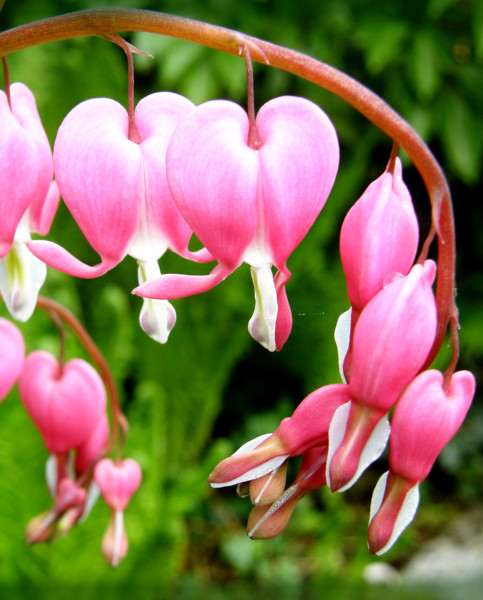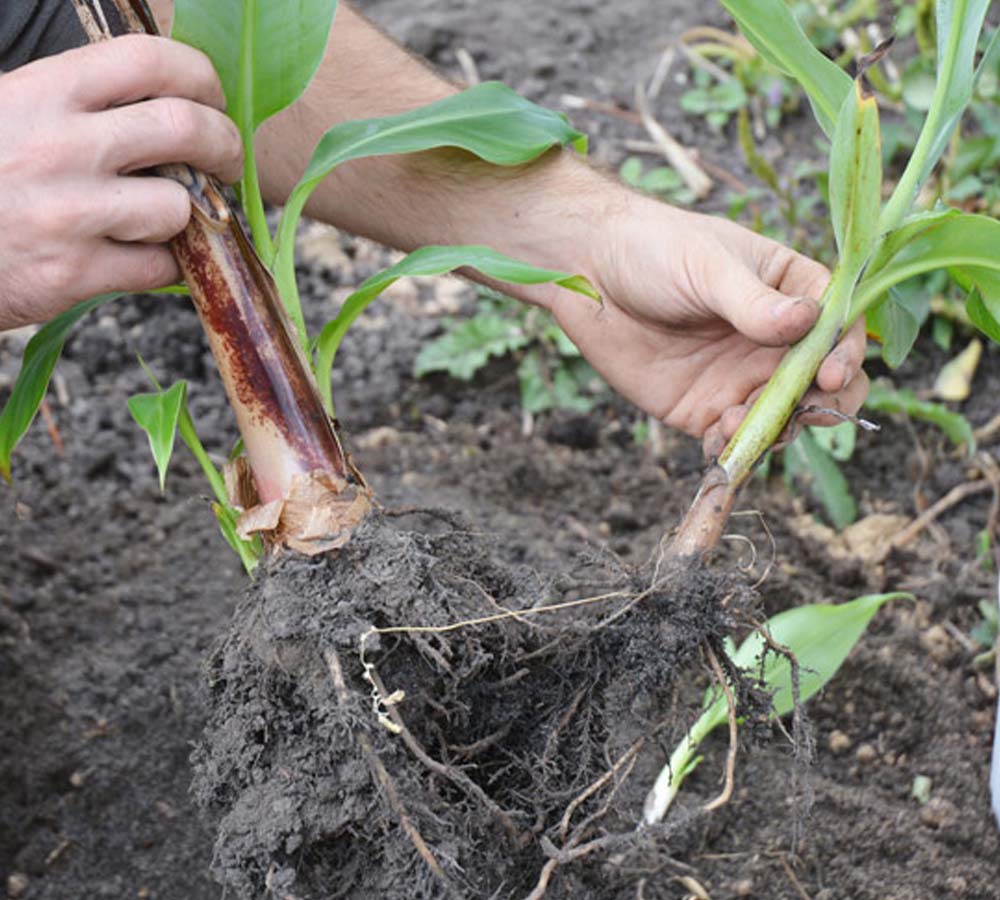How to grow Trillium Grandiflorum
With three petals and three leaves, Trillium lives up to its name. Trillium can take as long as 7 years to fully establish fully although, as if to make up for it, they have a lifespan of about 25 years.
Native to eastern Canada and America, there is an annual display of around 10 million Trillium grandiflora on the Appalachian Trail. A hardy perennial which dies back in the autumn and returns every spring, Trillium grandiflora is ideal for pairing with shrubs, trees and other low-growing plants.
Each stem of Trillium grandiflora produces one solitary flower, this flower is a ‘snowy white’ with a trio of petals atop three green leaves. Each petal grows in a leaf-like shape curving outward. For extra impact, the petals grow pink as they mature - with a peak of pinks often on display several days prior to wilting. Trillium grandiflora makes a big impact in a garden, despite its smaller size.
Ready to create an unbeatable flower border? Read on to find out more about Trillium grandiflorum…

Key Information
Soil pH
Position
Hardiness


Where & when to plant Trillium Grandiflorum
Best planted in late summer, you will want to find a position for your Trillium grandiflorum that has well-draining and deep soil along with plenty of shelter and no more than 4 hours of direct sunlight a day. If you are growing multiple Trillium grandiflora, keep the rhizomes around 15-30cm apart to allow them room to establish, spread out and grow.
How to plant Trillium Grandiflorum
Trillium grandiflorum enjoys moist, well-draining soil. Find a position in your garden with enough space for Trilliums to spread their rhizomes, ideally at the front of a border or a flower bed to make the most of their flowers
You may also want to plant Trillium between other shrubs, trees or taller plants in order to provide shelter and protect them from the elements
If planting in a flower bed, raising the soil into a mound about 10cm above the soil’s normal surface will help to give Trillium enough space to grow while providing the good drainage which is vital to this plant. Add chalk, loam and/or sand to the soil if needed to create a well-draining soil
If you cannot create a raised flower bed, dig a hole between 7-10cm in depth and add the roots to the hole. Backfill and water generously. Water thoroughly after planting and add mulch once a year in the spring.

What to plant with Trillium Grandiflorum
Trillium grandiflorum is ideal for the front of flower beds and borders as it does not grow particularly tall. Trillium requires shelter and partial shade, so shrubs, taller plants and trees are ideal neighbours and a means of providing both. Hosta venusta is hardy, needs regular watering, loves the shade and has beautiful foliage and delicate scents. Lamprocapnos spectabilis or ‘bleeding heart’ is another interesting pocket-sized companion which will addg pinks and reds to complement the white flowers of Trillium grandiflora. Finally, Convallaria majalis (Lily of the valley) will provide a striking contrast with its small, white and spring-blooming flowers.


How to care for Trillium Grandiflorum
Pruning & Deadheading
It is a good idea to carefully cut any diseased, damaged or broken leaves off the plant if you see them. However, this perennial plant will die back naturally during the autumn and regrow in the following spring so little, or no maintenance is required.
Watering
Trillium grandiflorum thrives in moist soil, so make sure you water thoroughly. As with almost all plants, Trilliums are susceptible to root rot which will prevent oxygen from reaching your plant’s roots. Therefore, it is advisable not to leave the plant in standing water or soil that does not drain well.
Cold Protection
Trillium grandiflorum can survive temperatures as low as -35°C and some research has shown that they can grow back bigger and stronger after a harsh winter, so no protection is needed.
Pests & Diseases
While there are no major diseases reported for Trillium grandiflorum, slugs and snails can be problematic. Signs of slugs or snail infestation include small, shiny silver trails on the leaves as well as irregularly shaped holes.
How to propagate Trillium Grandiflorum
Trillium grandiflora can be propagated either by seed or division. As a cautionary note - Trillium is notoriously tricky to establish so growing or propagating by seed can take as long as 7 years. We suggest propagating by division for speedier results!

Once the flowering season is over, choose a healthy parent plant with strong roots. Gently pull the roots from the soil and cut several root clumps from the parent. Do not remove more than ⅓ of the parent plant, as this may cause significant damage. Also remember to use disinfected scissors or knives when doing so, as diseases could be passed on to your cuttings from other plants when using dirty tools

Re-plant your parent plant and water. Add cuttings compost to a pot along with some slow release fertiliser, then add your divisions – using a separate pot for each. Grow these indoors initially to protect from the upcoming frost and colder weather and keep them away from direct sunlight

Re-pot your cuttings each time their roots outgrow their current pot and transplant them outdoors in their permanent position during the following late summer.
Common Trillium Grandiflorum Questions
Does Trillium grandiflorum turn pink?
While you should not expect your Trillium grandiflorum to turn pink once grown, if you keep a eye on your plant, its white flowers will turn pink for just a few days before they wilt.
What is the common name of Trillium grandiflorum?
The common name of Trillium grandiflorum is Great White Trillium, and it has several other common names including American wake robin, American wood lily, large white wood lily, white wake-robin, wake-robin and snow trillium.
What is Trillium’s scientific name?
Trillium is the genus name and grandiflorum, erectum and flexipes are just a few of the 50 or so flowering plant species underneath the Trillium genus. Trillium is part of the Melanthiaceae family.




